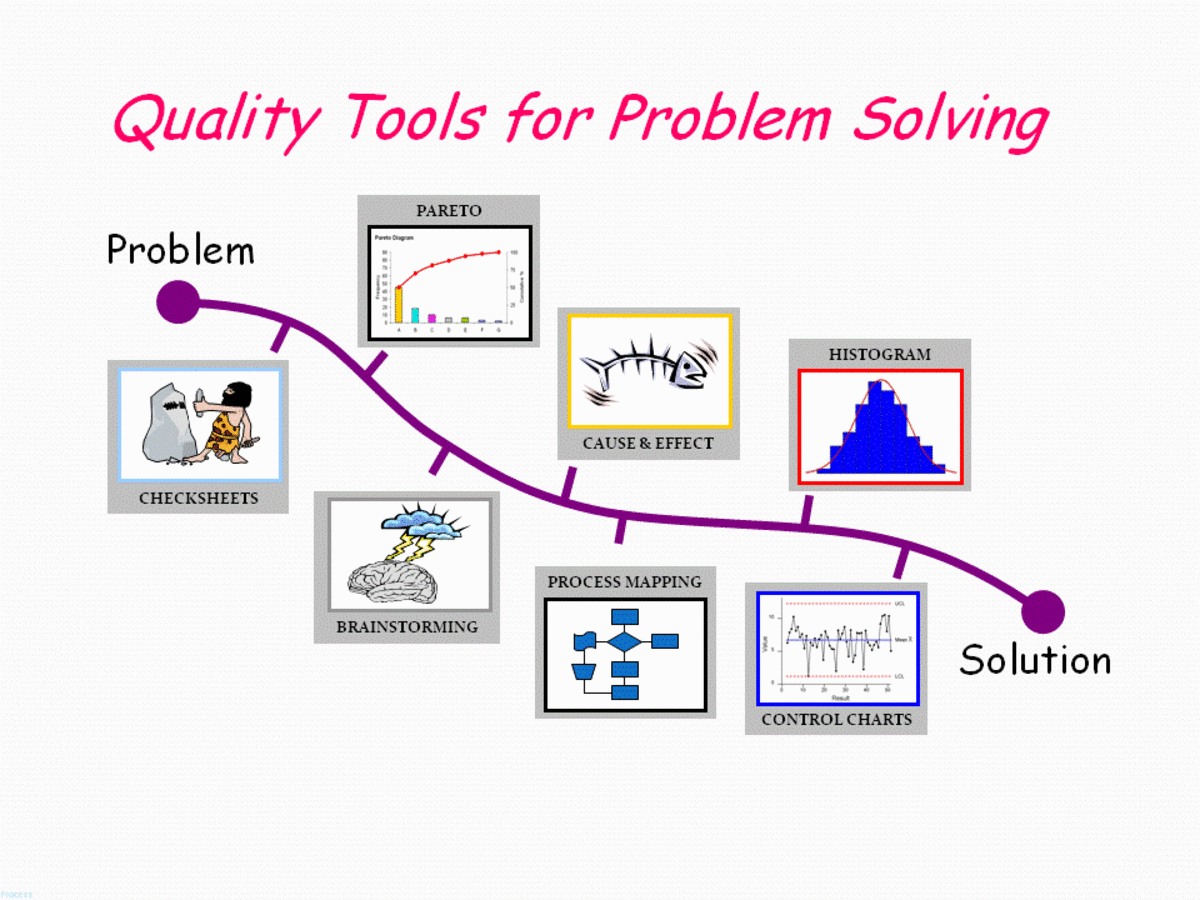Controlling the Common Language and Creating Better Communication in the Process
Introduction
There are a variety of sources discussing how you need to build a stronger team by honing a common language within the group. There are benefits to this approach, as well as dangers that are not properly addressed.
What are the benefits and risks of controlling the common language of your workplace? What should you do and what shouldn’t you do when trying to create a common language and lingo in the workplace?

Creating a Common Language the Right Way
Be careful of the assumption that new terms are better. Old concepts dressed up with new names may be ideas that aren't in use today because they didn't work.
If you're wasting time teaching people the new lingo or constantly taking time out of productive discussions to explain your “common language”, you're not using time effectively.
Minimize in-group language outside of those terms specific to the profession. While in-group lingo creates a sense of community, it excludes newcomers and creates confusion dealing with suppliers, contractors and others.
If you are spending time rebranding your business' departments and process flow but not actually improving it with lean methodologies or better processes, you are wasting time and effort and might as well keep doing what you're doing now. No one has ever seen a massive boost in productivity by renaming Personnel to Human Resources, but they did spend money getting new business cards printed and updating the website.
Ensure that your staff speaks a common language such as English, and that everyone is fluent in it. Don’t worry about using the latest industry lingo when there are people on the shop floor or remote work sites who don’t speak English well with each other.
Do spend time teaching people the terms and technologies specific to your industry. Your financial department should know the names of the products and the meaning of acronyms referring to projects they are supporting. Staff should know that quality control means verifying how well products meet design specifications, that SPC refers to statistical process control, and so forth. In short, your staff should know the common language of your industry, in order to better communicate with clients, customers, suppliers and each other.
Tolerate in-jokes as long as they aren’t patently offensive. This is an indicator that people have been close enough long enough to have such inside jokes. However, employees with such close relationships must take care to integrate newcomers or they will become the long term employees while everyone else walks out a revolving door because they never quite fit in.
Developing an internal language to the point you have to train them extensively alienates newcomers who don’t learn it fast enough and can drive new hires away. Unless you are a company like Caterpillar that literally has to navigate the linguistic morass, a company culture that creates its own dialect can isolate itself culturally in the marketplace and labor pool.
If your company uses a standard set of industrial techniques like the Six Sigma process improvement methodology, identify those whose confusion is due to a lack of training in the process rather than failure to understand the corporate culture. Employees who don’t know what SPC means may need the one day statistical process control training class, not a lecture on the regularly used acronyms in the department.
Don't become social justice warriors, policing the terms people use. When people feel a need to constantly monitor what they say and how they say it, jumped on for using the wrong "traditional" term, you hinder the free flow of ideas and give the busybodies excessive authority to bully others based on their word choice instead of the merit of their ideas.
Constant mindfulness and self-censorship hinders creativity, while innovation, in the words of John Stossel, happens when ideas have sex. When you start pushing an internal language and policing communications according to those guidelines, you hinder both creativity and the exchange of ideas that lead to true innovation. In short, people policing the very nouns and adjectives they use won’t communicate business ideas contrary to the perceived majority opinion, no matter how necessary the warning or valuable the suggestion.







